Aralia Spinosa
Aralia spinosa, well known as Devil’s Walkingstick, is a woody species of plant. The plant belongs to Araliacaea family. This woody species of plant is native to eastern North America. The plant is also known as Angelica tree. The leaves and fruits of this plant are edible.
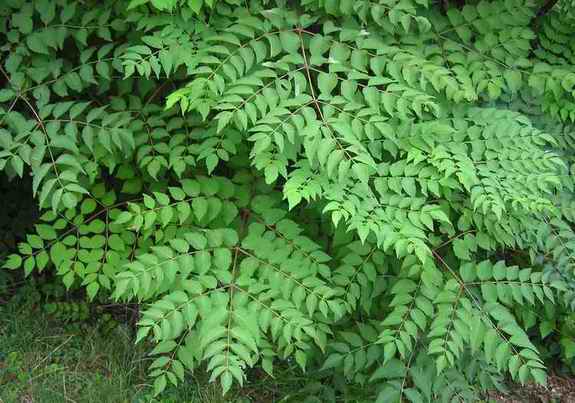
Aralia Spinosa
Table Of Content
Aralia spinosa is cultivated for its exotic and tropical appearance. Aralia is closely related to the Asian species Arala elata, a well known species with which it is easily confused. Aralia spinosa is much like a giant perennial. The plant is known for having poisonous parts.
Aralia Spinosa Common Name
Aralia spinosa is commonly known as the Devil’s WalkingStick, The Angelica tree, Hercules Club, Prickly Ash, and Prickly Elder.
Aralia Spinosa Physical Description
Aralia spinosa looks like the description below given.
Length: This small deciduous shrub grows to a length of 2-8m
Roots: The roots are thick and fleshy
Leaves: The leaves are large stretching to a length of 70-120cm
Flowers: The flowers are creamy white in color and are small in size. Flowers have a lemony smell. Flowers bloom in August and September.
Stem: The stems are occasionally branched. The young stems are thickly covered with sharp spines and are stout.
Fruit: The fruit is purplish-black in color having a diameter of 6-8mm.
Aralia Spinosa Habitat and Distribution
Aralia spinosa is native to North America but is widely seen in the United States ranging from New York to Florida, and westward from Ohio to Texas.
The plant prefers growing in moist soil and is mainly seen growing at the edges of forests or in the forest understory. Apart from moist soils, the plant grows well in wooded slopes. These plants are often seen growing in the lawns, meadows and parks.
Aralia Spinosa Cultivation
Cultivating Aralia spinosa is not that hard.
Soil Texture: This plant prefers growing in moist soils. The plant also grows in loamy soil, sandy soil as well as loamy clay soils.
Temperature: The plant can withstand temperature as low as -28 degree C
Water: The plant is drought tolerant. Frequent water supply is not required.
Sunlight: Aralia can grow in full sun as well as partial shade. Care needs to be taken not to provide complete shade.
Aralia Spinosa Harvesting
Handling the tree can give people skin rashes and that is why it is required to wear gloves and use pruning shears or a knife. Now cut off the stout shoots after the buds begin to open but before the prickles harden. Trim off the hard leaflets and thorns if required.
Aralia Spinosa Nutritional facts
The fruit of the plant is edible and do have nutritional value. Though not much of its nutritional facts are known yet, but it can be well assumed that it definitely is nutritious and thus is eaten.
Aralia Spinosa Health benefits
There are some health benefits that one can enjoy from this plant.
- The bark is used for treating cold and cough.
- Consumption of leaves helps reduce the risk of getting affected by hypersensitivity.
- The dried leaves are also used for curing sub-anemic blood.
- Those suffering from depression can consume the dried leaves of Aralia, as they are antidepressant.
- Wheezing is best treated by Aralia leaves.
- Those suffering from chronic bronchitis are suggested to have dried Aralia leaves every day.
Aralia Spinosa Uses
Aralia spinosa is used for several purposes. This plant is of great use and is economically important.
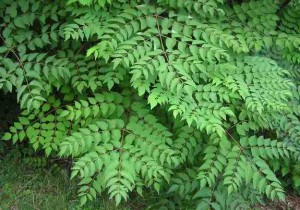 Picture 2 – Aralia Spinosa Picture
Picture 2 – Aralia Spinosa Picture
Edible use
The young leaves are eaten raw. The leaves are also chopped and are cooked as pot-herb. The fruits are also eaten and are very healthy. The fruits are used as food by many birds as well as other frugivores, including black bear. These plants can be propagated from seeds or root cuttings.
Medicinal use
The bark of the plant possesses medicinal properties. The bark have fragrant odor and is slightly bitter.
- A tincture made from the bark is used for treating rheumatism, syphilis as well as skin diseases.
- The decoction of the dried cambium is used as eye drops for sore eyes and to increase the flow of saliva.
- The poultice of the root is used externally for skin eruptions and swelling.
- The tincture of the berries is also used as pain remedies.
Other uses
The wood of the plant is used in making furniture. Wood of these plants is very expensive. Straight branches and trunks are turned into walking sticks and canes. The soft, light wood of this tree is also used to make picture frames, boxes as well as rocking chairs.
Aralia Spinosa Recipes
There are not many recipes prepared using Devil’s Walkingstick. One of the few dishes is Onions and Apple with Devil’s Walkingstick. This is a very special side dish and it hardly takes 30mins to prepare this special dish.
Aralia Spinosa Availability
The fruit is not sold in the market but the leaves are available in the vegetable market. You can have it throughout the year.
Aralia Spinosa Substitute
There is no such substitute of Aralia spinosa.
Aralia Spinosa Side effects
There are no such side effects. But it is suggested not to have the dried leaves every day. Daily consumption can affect your digestive tract badly. It is better to consult doctor before you start with the consumption of dried leaves.
Aralia Spinosa during Pregnancy
Aralia Spinosa leaves is good for health but pregnant women are suggested not to have any of the edible parts of this plant. Consumption of dried leaves can affect both the baby as well as the mother. Prickly ash can stop lactation. Mothers wishing to continue nursing should stop the consumption.
Aralia Spinosa Interesting facts
There are quite a few interesting facts to know about this leaf vegetable.
- The genus of this plant is mostly seen occurring in mountain woodlands.
- The plant leaves are used in Jamaica to treat colds by making tea.
- The fruits are popular with birds.
- The leaves are browsed by the deer.
- The plant attracts many birds.
Aralia Spinosa Pictures
Here are a few pictures of Aralia Spinosa
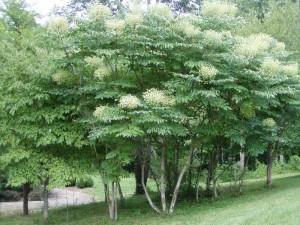 Picture 3 – Aralia Spinosa Image
Picture 3 – Aralia Spinosa Image
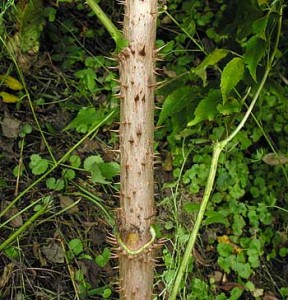 Picture 4 – Aralia Spinosa Photo
Picture 4 – Aralia Spinosa Photo
References:
http://en.wikipedia.org/wiki/Aralia_spinosa
https://www.wildflower.org/plants/result.php?id_plant=arsp2
http://www.henriettesherbal.com/eclectic/kings/aralia-spin.html
http://dendro.cnre.vt.edu/dendrology/syllabus/factsheet.cfm?ID=10
- by Debasmita Dasgupta
- May 8th 2012

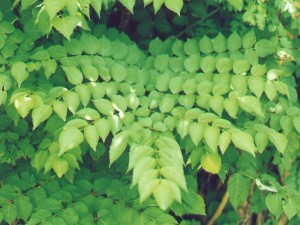
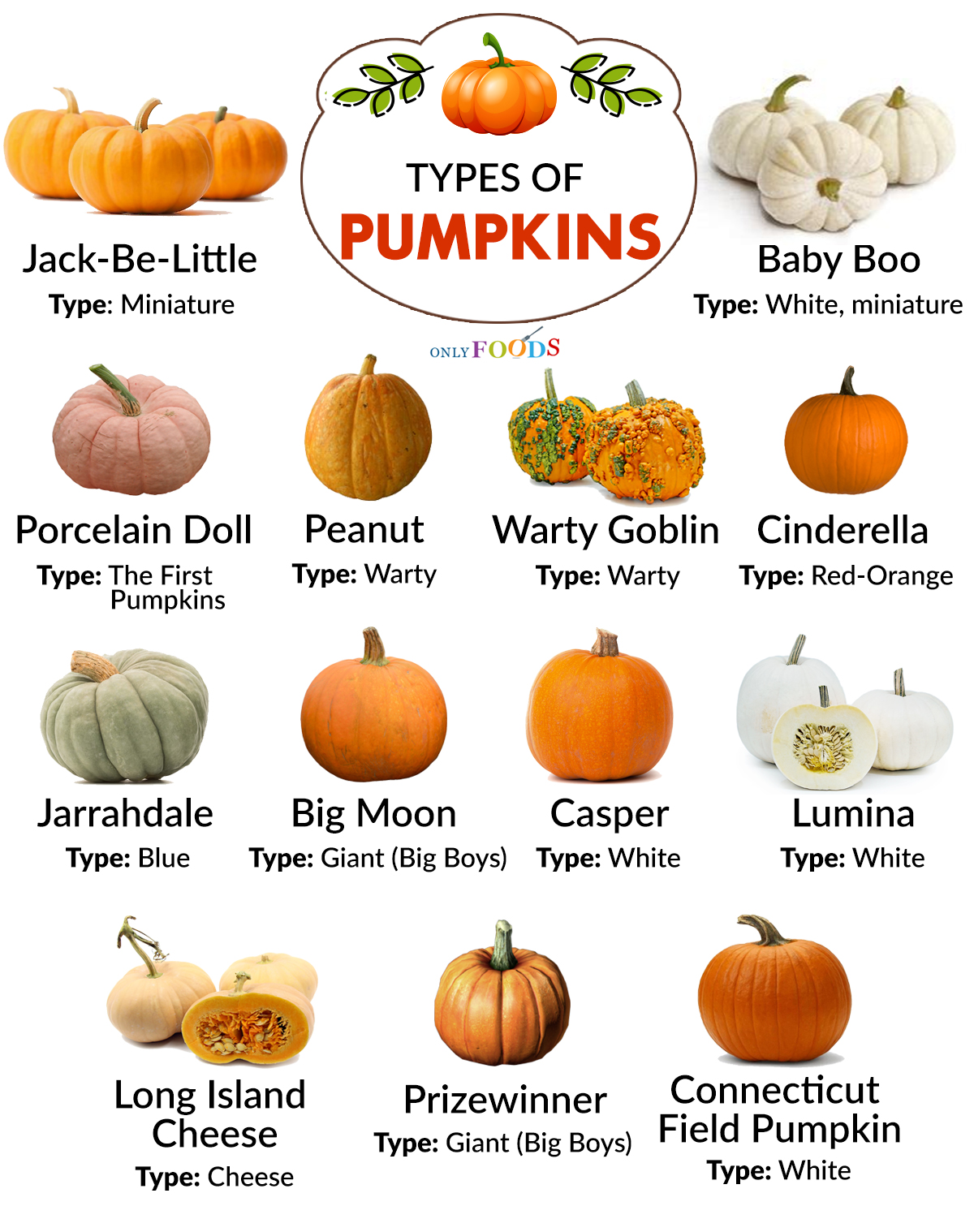

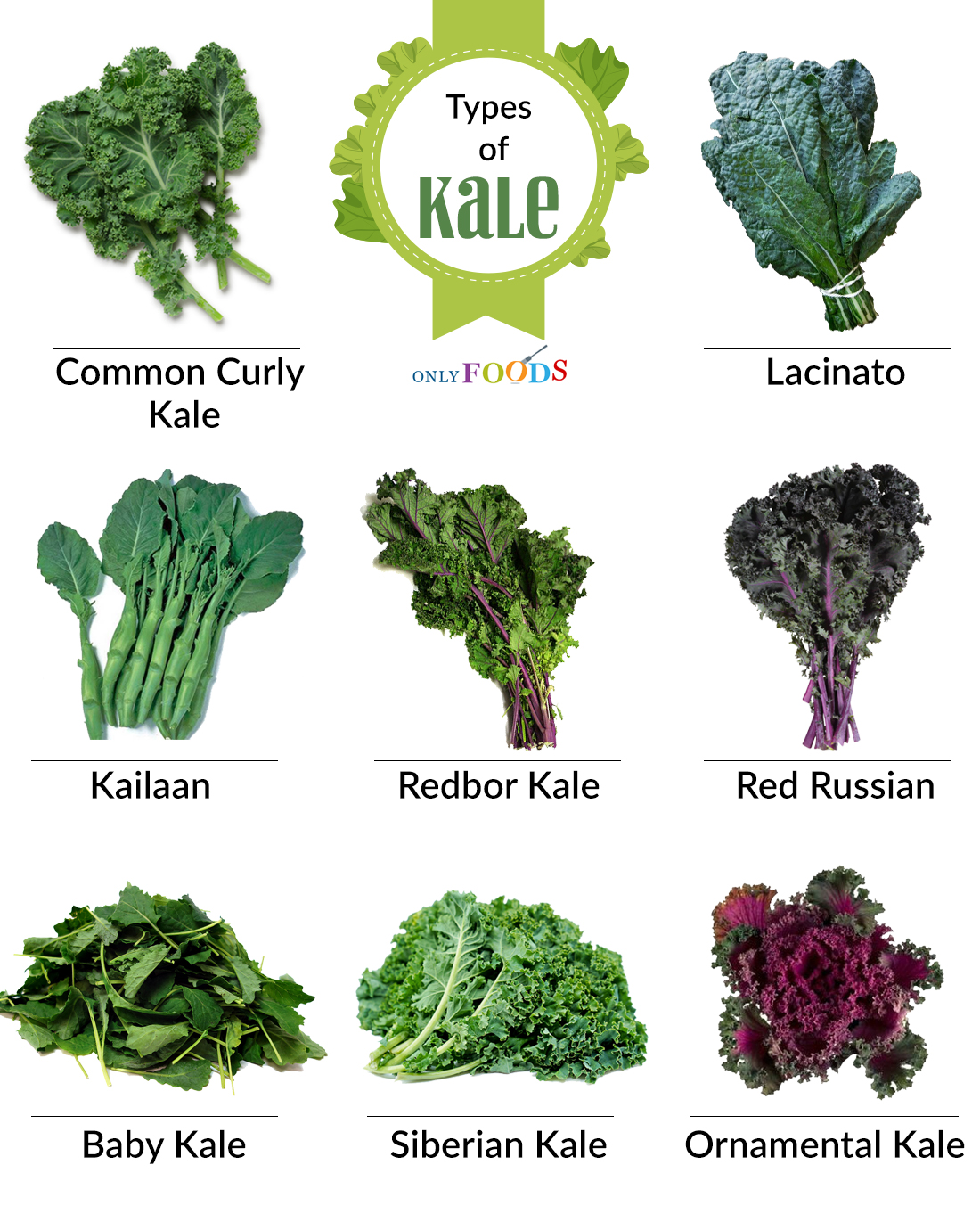
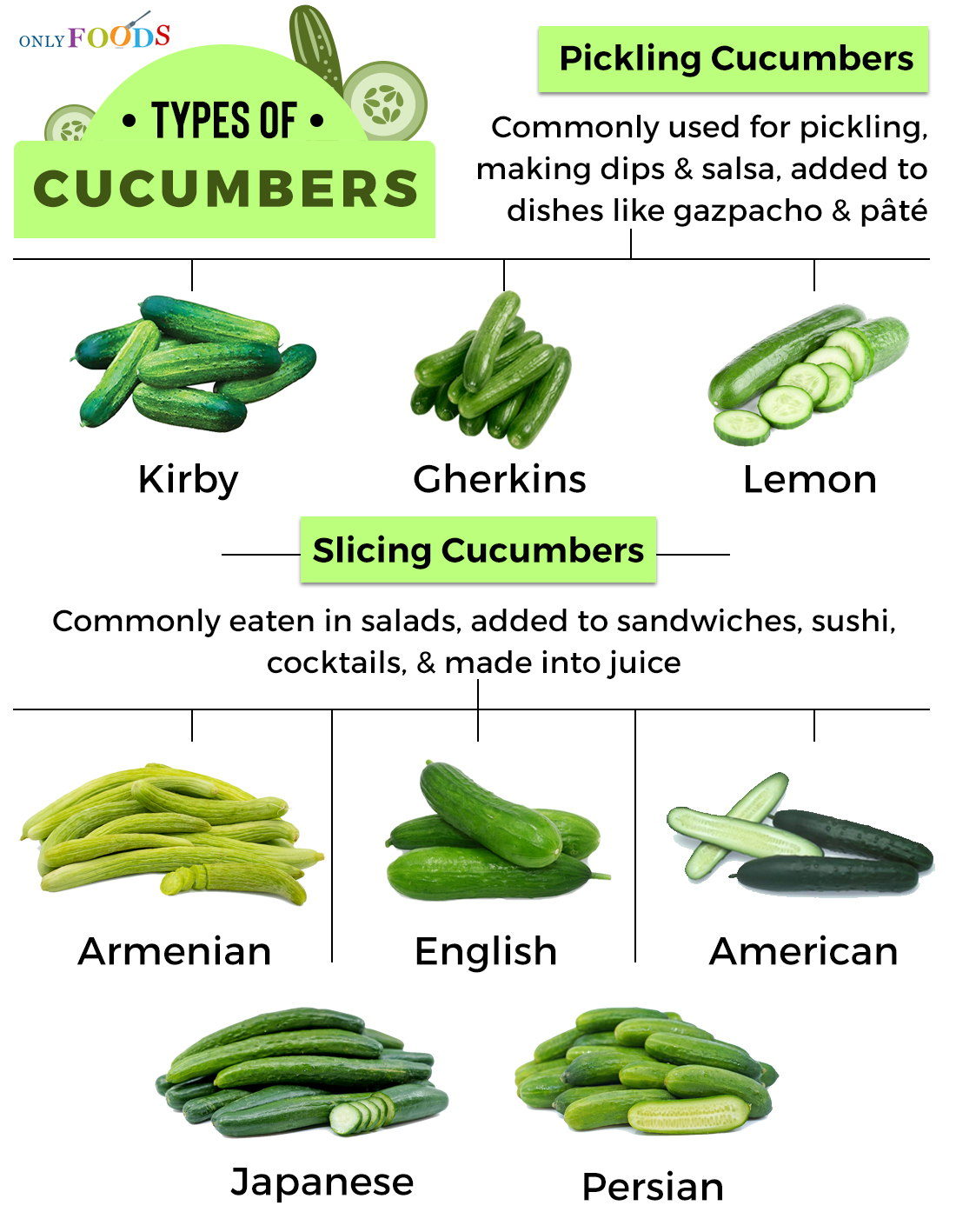















Leave a Reply